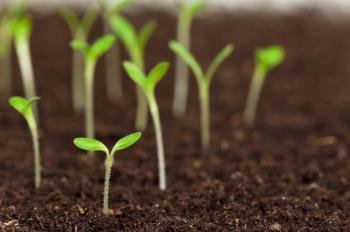MARKET-Tools
Product Life Cycle
 The product’s life cycle is the process through which a product enters, grows, saturates, and leaves the market. During the life span of your product or service, you will reformulate your marketing strategy several times - not only as a result of changes in market conditions or new competitors but also in response to changes in customers’ interest and requirements for the product.
The product’s life cycle is the process through which a product enters, grows, saturates, and leaves the market. During the life span of your product or service, you will reformulate your marketing strategy several times - not only as a result of changes in market conditions or new competitors but also in response to changes in customers’ interest and requirements for the product.
The four stages of a product’s life cycle are
- introduction
- growth
- maturity, and
- decline.
Each stage is marked by specific characteristics.
Stages of a Product Life Cycle
Introduction
When new-product sales are slow, and profits are nonexistent, because of heavy costs of production and promotion. Often during this stage there are few competitors, pro- motion is heavy, and the focus is on getting potential customers to try the product rather than on the developing the brand.
Growth
A period of rapid market acceptance of the product and dramatic increase in sales and profit. After a product takes off, copycat competitors enter the market. During the growth stage marketing shifts to creating brand preferences, and promotion lessens.
Maturity
Marked by flattening sales and stabilizing, then decreasing profits. The market becomes saturated and price competition can be fierce. Marketing efforts at this stage concentrate on targeting a new market of buyers and taking market share from competitors by price cutting or re-launching the product. When you see a product advertised as having a “new” or “improved formula” or as “now recyclable,” that is usually a good indication of a mature product after a face-lift.
Decline
Indicated by falling sales and often rapid and eroding profits. At this stage an enterprise must decide whether it wants to try to rejuvenate the product by investing in development and aggressive marketing or to quietly admit defeat and exit the market. For example, in the advent of electricity, gas lamp producers either integrated the new technology into their products or went out of business.
Summary:
- Products have a distinct beginning and an end. 4 Profits increase, level off, and then decline, depending on the stage in the product's life.
- There are marketing and sales challenges at each stage in the product’s life.
- Managers must make strategic decisions based on where a product is in its life cycle.
Source: http://www.virtueventures.com/files/mdbl-chapter5.pdf



 This project has been funded with support from the European Commission. This publication [communication] reflects the views only of the author, and the Commission cannot be held responsible for any use which may be made of the information contained therein.
This project has been funded with support from the European Commission. This publication [communication] reflects the views only of the author, and the Commission cannot be held responsible for any use which may be made of the information contained therein.